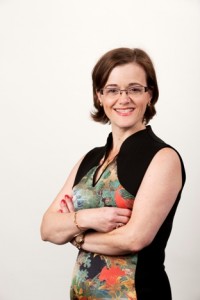Nayr is Head of Young Learners and Bilingual Section at British Council in France and a PhD student at the University of Reading, where she is studying the link between trilingualism, triliteracy and identity. Nayr has worked in English language teaching for over 20 years in Portugal, Hong Kong, Cairo and Paris, as a teacher, teacher trainer, manager and researcher. She has written various articles on bilingualism and enjoys blogging and presenting on the topic. Her latest publication is Teaching Children how to learn, Delta Publishing, with Gail Ellis. Nayr’s interests include early language learning, bi/multilingualism, language education, multiple literacies, and language and identity.
*
PLENARY SESSION
The Multilingual Turn in Language Education: Plurilingualism and Diversity in the 21st Century
In the last 60 years there has been an increased focus on SLA and more recently on multilingualism. At the same time technological developments and migration for economic and political reasons, as well as professional mobility and leisure, have increased language contact situations for both adults and the children that follow them from one language, and cultural experience to another. As a result multilingualism has become a global, as well as a personal phenomenon.
This multilingual turn has implications for individuals, societies and national ideologies, where language is still viewed as a unitary and unifying concept.
Even though children are socialised into multiple languages and learn to handle conflicting identities, they experience monolingual education. As a result some children lose their languages and hide their differences so as to integrate new language communities. Not only is this a loss to society but, as recent studies indicate, it also deprives them of the cognitive advantages of multilingualism.
In order to better understand these children we need to identify and valorise their full language repertoire. In this session I will explore the characteristics of multilingual children, such as, translanguaging, enhanced metalinguistic awareness, and their ability to negotiate the multiple varieties of codes, modes, identities and discourses at their disposal. We will look at children through the multilingual lens.

